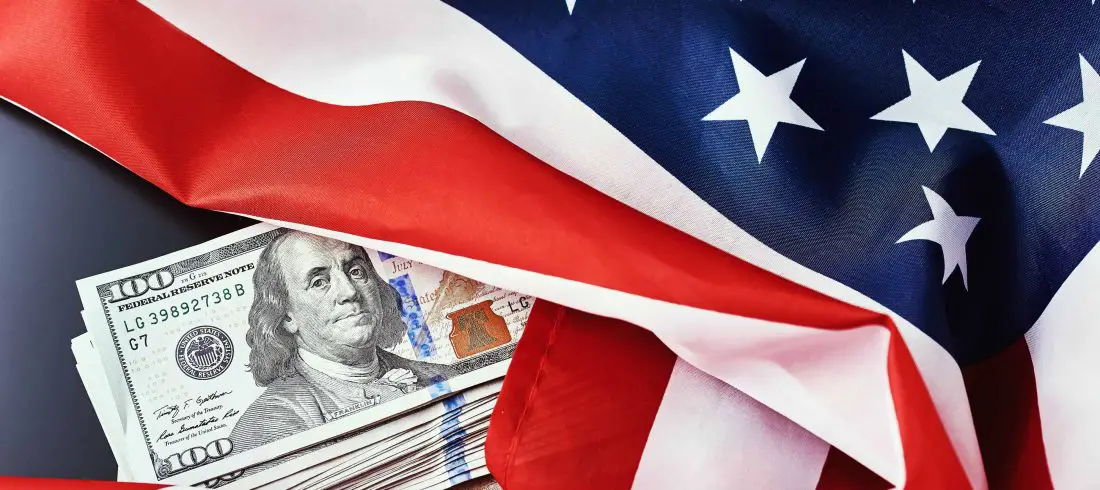For those people who are looking for financial assistance, or are not aware of financial support during tough times, there are a number of mortgage relief incentives. There have been many over the years, and probably the best-known one is HARP, which helped many borrowers keep their homes after the financial crisis of 2008. The COVID pandemic has naturally caused a demand for payment relief but for people who are not aware of the numerous mortgage relief programs, this guide will help.
Mortgage Relief Finance Programs for 2021
A mortgage refinance relief program works by replacing your existing loan with a newer loan with lower interest, therefore resulting in more affordable payments. While the HARP program helped millions of homeowners after the housing crisis, the program ended in 2018, and while Fannie Mae and Freddie Mac created similar relief programs, the HIRO program, and FMERR respectively, you may want to know what you qualify for. Here is everything you need to know. Make sure to read each program below carefully so you know what options are available to you.
How Do Conventional Mortgage Relief Refinance Programs Work?
The ability to refinance will depend on the value of your home. If the value of your home falls, you may not be able to refinance into a lower rate or payment, which is why you have to check if the mortgage is below a certain loan to value ratio. Keep in mind, this is only true for a conventional refinance.
Loan to value is the amount you owe on your home loan in comparison to the value of the home itself. This is why 97% is the maximum LTV to qualify for conventional refinance. However, mortgage relief programs change the rules around enabling those who can’t qualify for a conventional refinance to still take advantage of the amazing benefits.
HIRO: The High-LTV Refinance Option
This refinance option allows homeowners to refinance without equity or an underwater loan. While there is no maximum LTV (loan to value) ratio, those that qualify are homeowners with mortgages owned by Fannie Mae. To use this refinance option, you have to have an LTV ratio at or above 97.01% for a single-family home, a loan that originated on or after October 1, 2017, and has a history of on-time mortgage payments, but you can have only one late payment in the last 12 months, but none within the last six months.
FMERR: The Freddie Mac Enhanced Relief Refinance
To qualify for this, the mortgage needs to be backed by Freddie Mac. Additionally, you need a loan to value ratio at 97.01% or higher for a single-family or primary residence with a loan that started on or after November 1, 2018, and has been ongoing for at least 15 months, without any late mortgage payments in the last six months and only one within the last 12 months. The program can be used for existing fixed-rate mortgages and adjustable mortgages. This program is not limited to primary residences or single-family homes and can cover second homes and investment properties as long as they meet specific eligibility criteria.
It is important to note that as of the time of writing, both of these programs are temporarily on hold.
Mortgage Relief Options for Government-Backed Loans
While popular mortgage relief programs have only been available to homeowners with conventional mortgages since 2009, if your loan is government-backed, such as a federally backed FHA, VA, and USDA mortgage, you have access to different mortgage relief programs. Specifically, the Streamline Refinance option is one avenue. Streamline Refinance is a special mortgage refinance program for people who have government-backed loans.
It is similar to a mortgage refinance, as you can use this even if your home is underwater or with little equity, but additionally, it can help homeowners in other ways. There’s less paperwork involved as you do not have to re-verify employment or income. Additionally, as government-backed loans have rates below market, you could get a lower rate, and therefore a lower monthly payment.
To qualify for this, you need to have made at least three consecutive payments on time on the existing FHA loan even if you were in forbearance.
Congress Mortgage Stimulus (COVID-19 Mortgage Relief)
Homeowners who have experienced financial hardship during COVID-19 can apply for mortgage relief through programs as part of the CARES act. Government agencies are offering relief in the form of forbearance, which temporarily suspends a borrower’s monthly mortgage payments until they are able to recover financially.
Veteran Mortgage Relief Options
If you are having trouble making mortgage payments as a veteran, if you have taken out a VA loan, the Department of Veterans Affairs can help, either in the form of a Streamline Refinance Loan (IRRRL) or help from a VA loan professional.
The IRRRL works similarly to other streamline programs, and requires no employment check or income, and bypasses the home appraisal service, meaning your LTV ratio doesn’t matter.
However, if you do not think refinancing is right for you, you can use other VA relief programs, such as counselors who can help those having trouble making payments, and give veterans advice as to whether they should restructure their loan, refinance, or take another measure entirely.




